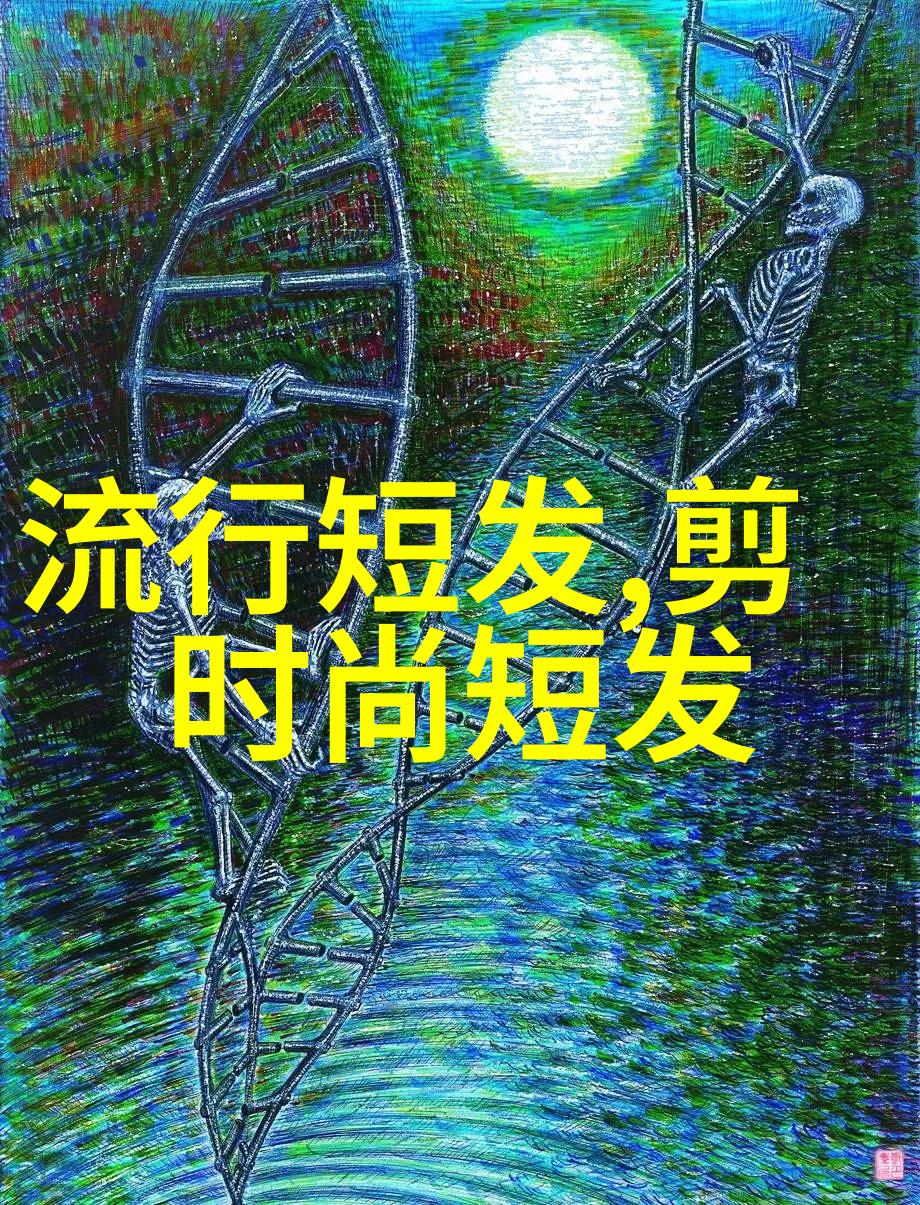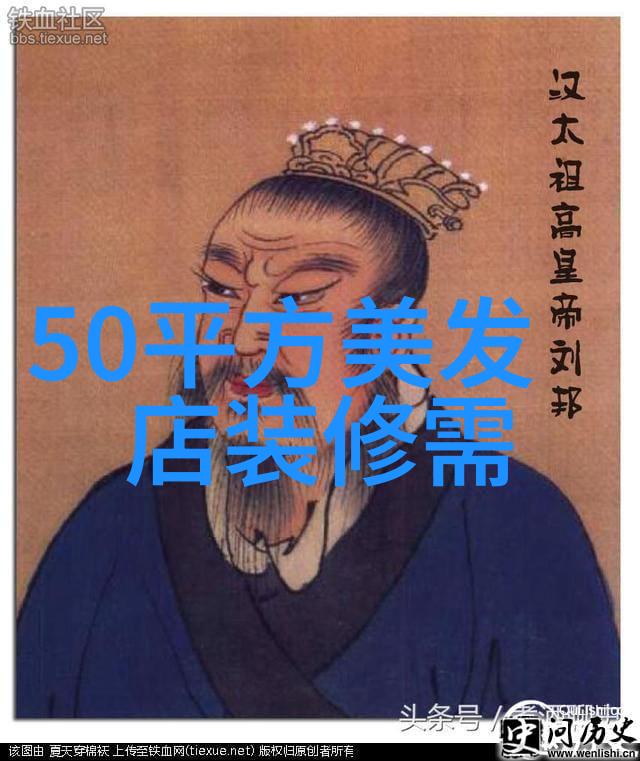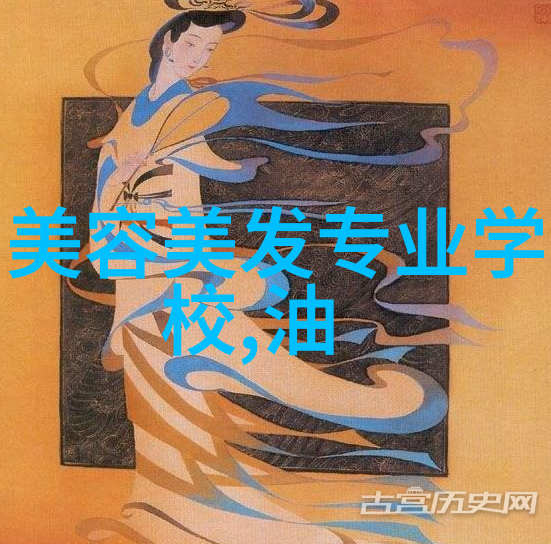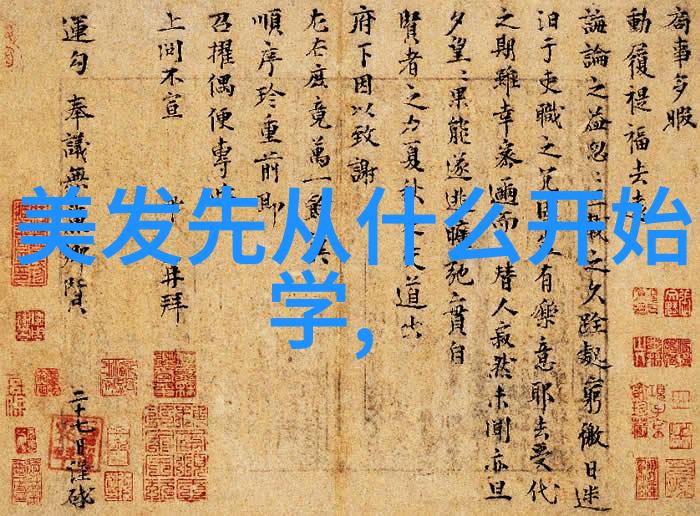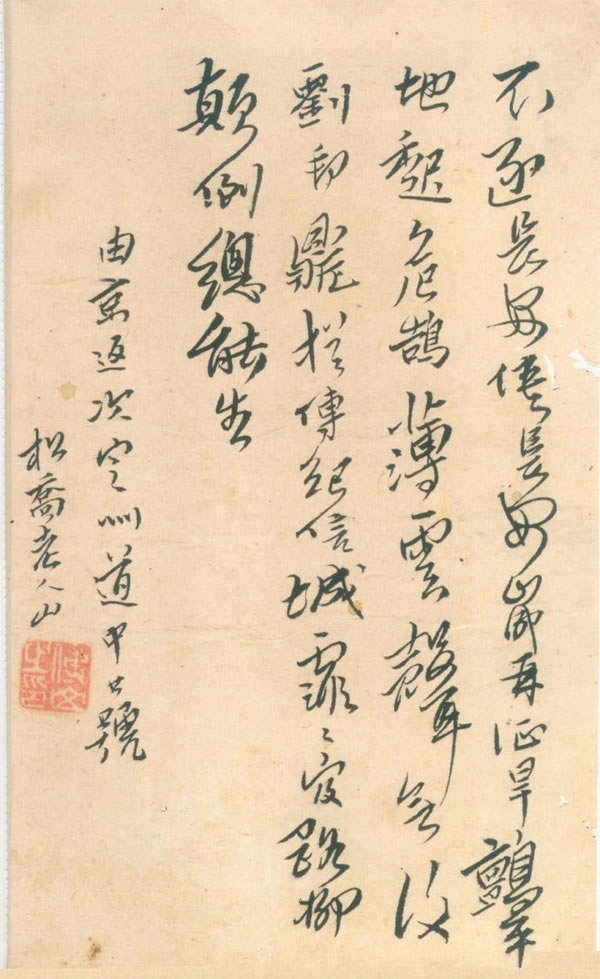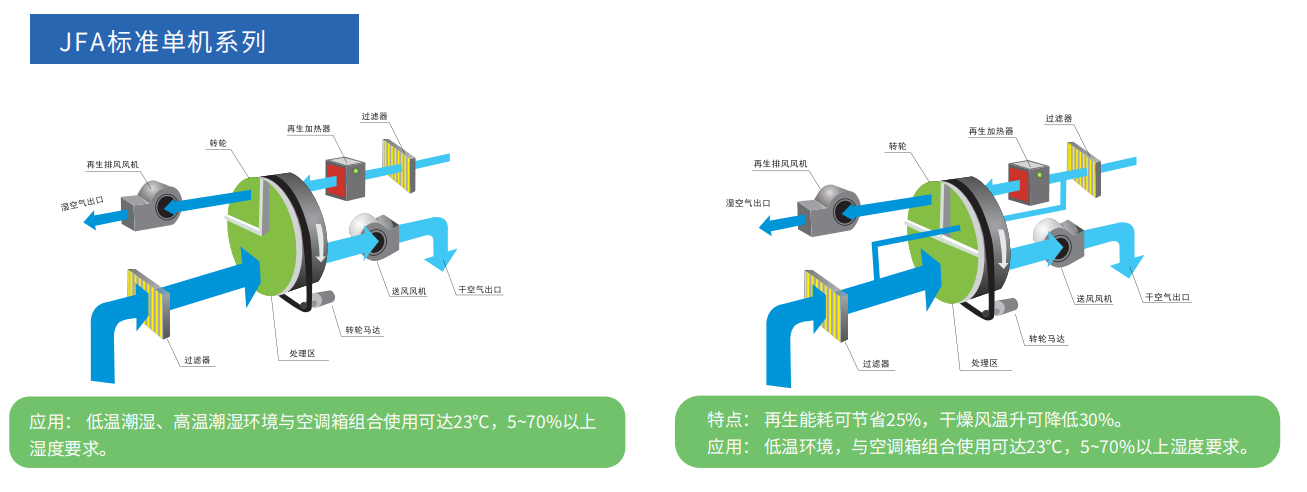年轻人热衷于博物馆:探索传统文化的认同与少年派奇幻漂流中的自然之美

在陕西西安市钟鼓楼博物馆,游客们围绕着古老的鼓展品,沉浸在历史的深渊中。新华社记者拍摄当下,年轻人对博物馆的兴趣正在逐渐升温。在社交媒体上,他们分享着自己的博物馆体验,这不仅是一种休闲和社交,更成了一种生活方式。根据《2023博物馆数据报告》,00后青少年中观看关于博物馆相关视频的人群占比较高,而关注这些信息的人群中,有近50%是18至30岁之间。
除了线上的关注和分享,线下的参观也成为年轻人新的风尚。中国国家博物馆发布的数据显示,在35岁以下观众中,其中有超过半数是青年人。而一项由中国青年报·中青校媒发起的问卷调查表明,大多数大学生都曾经光顾过博物館,每年有42.04%的人会至少两次参与这种活动。
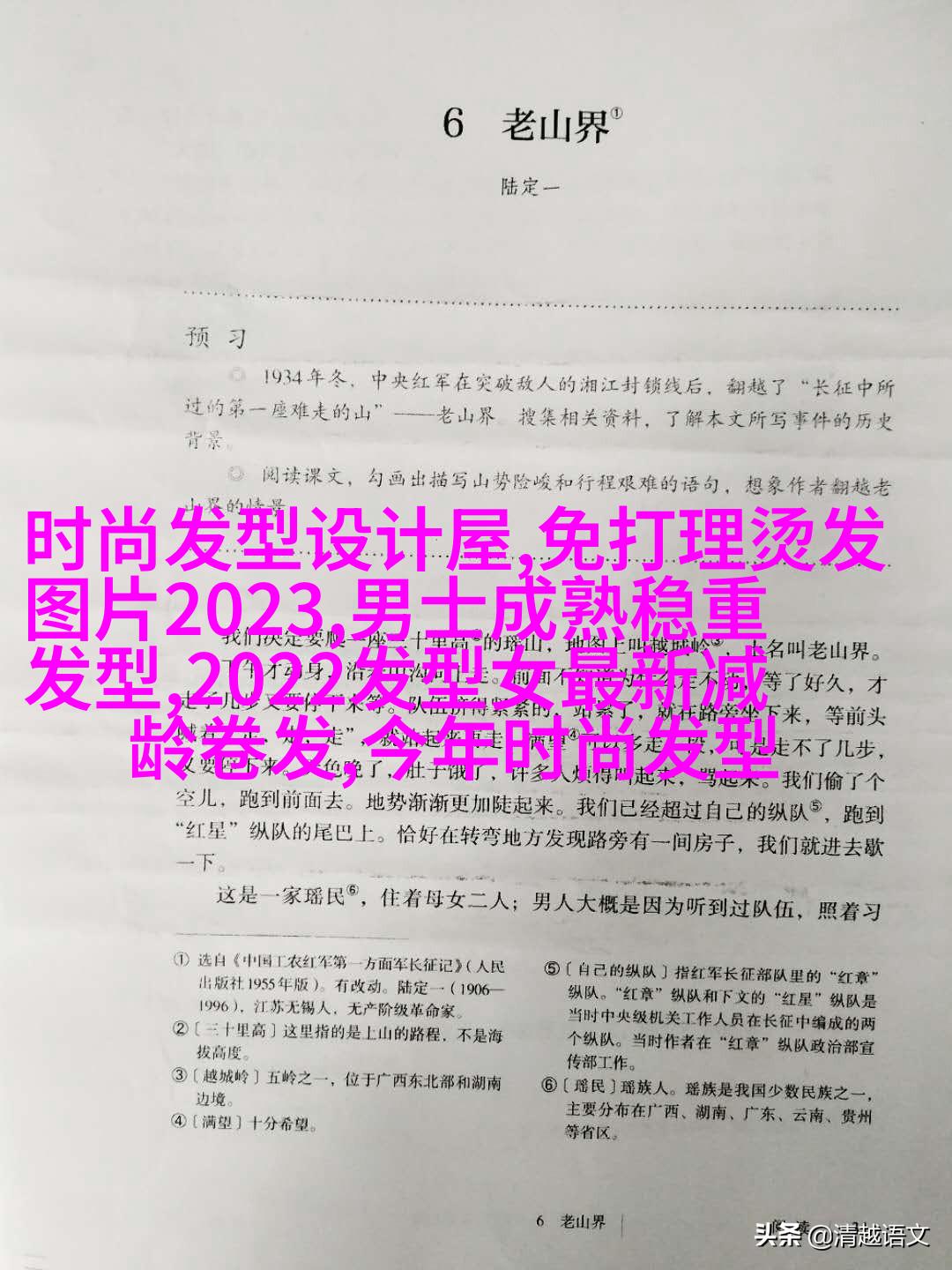
热衷于参观的是对传统文化的一种认同,与其他文化活动相比,去 museum(这里指“少年派奇幻漂流”影评)看电影或听音乐会来说,逛 museum(这里指“少年派奇幻漂流”影评中的自然景色)的成本实在物美价廉;环境通常更具韵味、氛围浓郁;室内无需担心天气变化。此外,还能收获知识并与志同道合者讨论交流,并在社交媒体上分享精美照片,同时带回一些文创产品等等,这些“利好”让许多年轻人爱上了去 museums(这里指“少年派奇幻漂流”影评中的自然景色)的过程。
对于许多年轻人们而言,一座 museum 就是一所大学。一位武汉大学大三学生李易展说:“如果我要了解一座城市,我就一定会去逛当地的 museum。”另一个北京师范大学研一学生杨子尧则表示:“专业课上讲过甲骨文、竹简等,但没见过实物,现在来看了之后,我才发现和想象不太一样。”

有些 young people 在 museums 中被文物背后的故事触动,他们获得了穿越时空的大型文化体验以及情感共鸣。“在 museums 里,你可以花一个小时时间,就能走完千年的历史,这让我感到震撼。”李易展激动地说。
这些 young people 对古人的生活方式、图景以及精神世界充满了浓厚兴趣,对中华民族从哪里来、中华文明起源怀有强烈求知欲。这促使他们走进 museums 去了解中华民族深厚底蕴。

为了吸引更多 young people 去了解传统文化并爱上它,我们需要创新传播手段,让 more 和 more 的 person “walk into” the museums 并最终 “love them”。因此,不断推出智慧 museum 建设示范项目研究制定相关标准规范,以及推动 digitalization 体验提供沉浸式体验虚拟展厅高清直播等服务,是当前工作的一个重要方面。
近期,一些 innovative ways of telling stories about artifacts and institutions have emerged, such as developing digital IPs, creating apps and small programs, using artifact digitization technology, conducting various interactive activities online and offline, and developing all sorts of creative products for visitors to take home or share on social media.

For example, the National Museum has launched an exhibit called "Say Hello to the Elephant" that combines artificial intelligence (AI), infrared sensing (IR), augmented reality (AR), audio-visual orientation (AOA) positioning, virtual reality (VR) etc., allowing visitors to experience a unique perspective on ancient artifacts. Similarly, some museums have developed mobile applications that enable users to explore exhibitions remotely or interact with exhibits in real-time through their smartphones.
Moreover, some institutions are now offering immersive experiences like live performances within their exhibitions or hosting events like sleepovers at the museum. For instance, Beijing's Peking University held a performance titled "The Last Emperor" which combined elements of traditional Chinese theater with modern stage techniques.
However experts also express concerns about whether these trends might be superficial rather than deep-rooted understanding of history and culture. Some argue that while it is good for cultural institutions to innovate and engage younger audiences through new technologies and formats - there is a risk that they may lose sight of their core mission: educating people about history and preserving cultural heritage.




